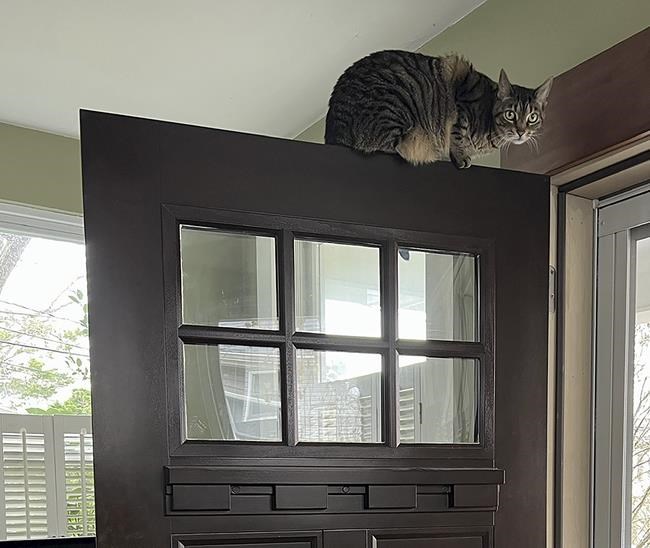“How to Pick the Perfect Valentine’s Day Flowers and Plants for Pet Owners”
When sending your loved one cut flowers or a potted plant for Valentine’s Day, choose ones that are safe for their pets.
Licking a pollen-covered lily leaf can be life-threatening for cats, as my daughter Julia found out when her cat Nyah found her way to a beautiful and well-intentioned bouquet of gifts displayed in a vase on the table. It was a brief encounter, but the damage was done. Three days on dialysis and $2,500 later, Nyah returned home.
“Every year, around February 14, the ASPCA Animal Poison Control Center (APCC) records a spike in calls,” said Dr. Tina Wismer, veterinarian and executive director of the APCC. She said many of these involve chocolate, xylitol and houseplants, adding that plant poisoning is a year-round problem for pets.
In 2021 alone, she said, “the APCC received more than 31,500 calls about pets ingesting potentially poisonous indoor and outdoor plants and flowers.”
WHAT TO WATCH OUT FOR
Lilies, Wismer agrees, are among the worst offenders. “Even low exposure to Lilium (lily) and Hemerocallis (daylily) causes kidney problems in cats because they’re extremely toxic.” But they’re not considered toxic to dogs, she said.
Tulips, on the other hand, are problematic for both cats and dogs. “While ingesting the leaves usually only causes an upset stomach, the tuber contains toxins that can cause severe stomach upset, low blood pressure, seizures, and heart abnormalities,” Wismer said.
Carnations, calla lilies, chrysanthemums, daisies and gladioli, all popular additions to bouquets, are also poisonous and should be kept away from dogs and cats.
Non-flowering plants aren’t necessarily safer, says Wismer. Sago palm “is toxic to all pets and can cause symptoms such as vomiting, diarrhea, seizures, liver failure and possibly death.”
Other trendy houseplants like hemp cane (Dieffenbachia), Swiss cheese plant (Monstera), peace lily (Spathiphyllum), golden pothos (Epipremnum aureum), and snake plant (Sansevieria) are toxic to both species.
“The most common external signs of toxicity in pets are nausea, vomiting, diarrhea and drooling,” Wismer said. “In more severe cases, lethargy, depression, and seizures may indicate your pet has ingested something toxic.”
If your pet has eaten part of a poisonous plant or flower, or is showing any of these signs or symptoms, Wismer recommends contacting your veterinarian or the ASPCA Animal Poison Control Center at 888-426-4435 as soon as possible.
SAFE FLOWERS
Of course, pets and plants can safely coexist, but some care is required.
Roses, gerbera daisies and orchids are some of the popular gift flowers that are considered safe for cats and dogs, Wismer said. But she warned that thorns can pose a risk; You can buy thornless roses or cut off thorns yourself if you have the flowers at home.
Spider plant (Chlorophytum comosum), rattlesnake plant (Calathea lancifola), and house palm (Chamaedorea elegans) are three of the safest houseplants for cats and dogs. However, Wismer warned that ingesting even non-toxic flowers or plants can lead to gastrointestinal upset and other non-life-threatening symptoms.
Some pet owners forego flowers and plants altogether, while others place plants out of reach. However, it can be difficult for a cat with superhero agility to find an unreachable spot that can balance on a door and leap over tall refrigerators in a single leap.
To be on the safe side, do your research before buying any plants or flowers for a pet parent. The ASPCA website’s ( ) comprehensive, searchable, species-sortable guide to toxic and non-toxic plants and flowers makes it easy for your Valentine – and his furry friends – to enjoy the holiday to the fullest.
___
Jessica Damiano is a regular gardening columnist for The Associated Press. She publishes the award-winning Weekly Dirt Newsletter. Sign up here for weekly gardening tips and advice.
___
For more AP gardening stories, visit https://apnews.com/hub/gardening.
Jessica Damiano, The Associated Press
Don’t miss interesting posts on Famousbio
